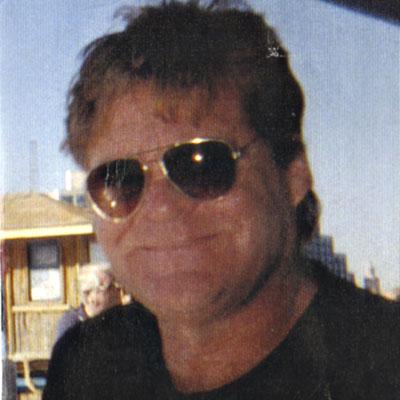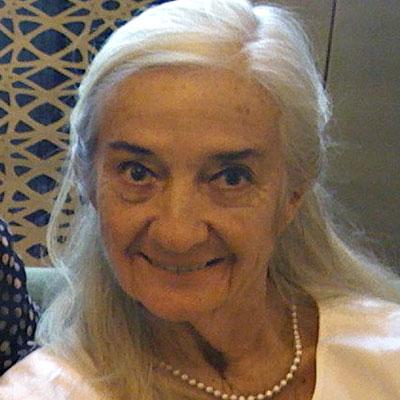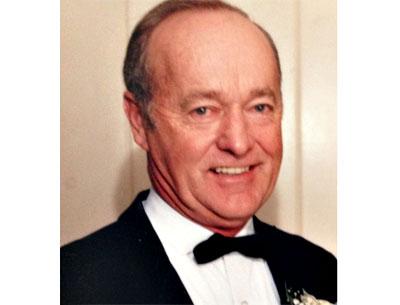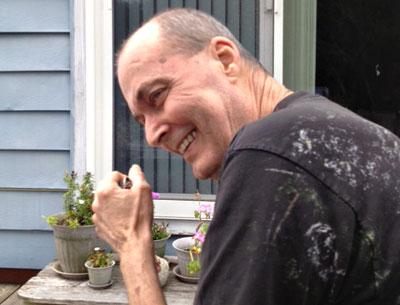For Jeremiah Harrington
For Jeremiah Harrington
A wake for Jeremiah Harrington of East Hampton, who died in a car accident last Thursday in Sarasota, Fla., will be held tomorrow from 3 to 8 p.m. at the Graham Funeral Home in Rye, N.Y. A funeral will be held on Saturday at 10 a.m. at the Church of the Resurrection, also in Rye.
An obituary for Mr. Harrington, who was 67 and known as Jerry, will appear in a future issue.






